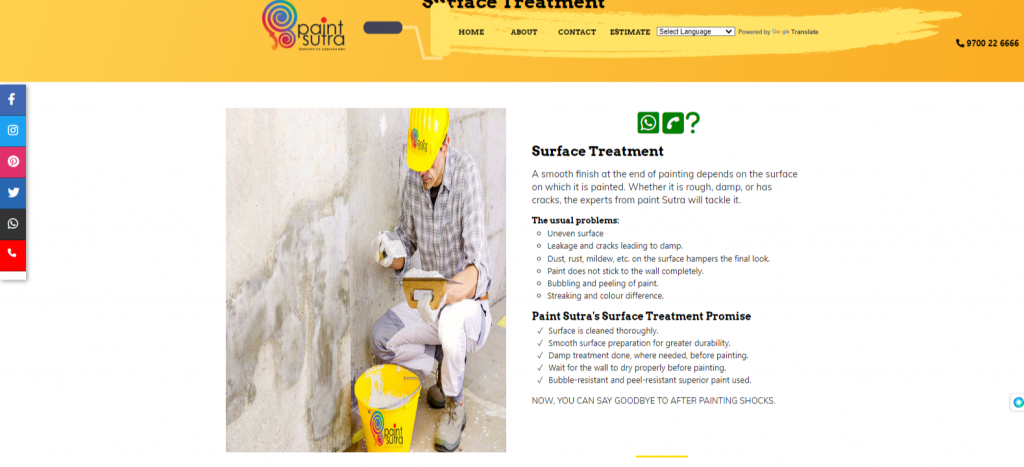Moisture seeping into the walls can be aggravating. It reduces the visual appeal of the house and age it faster while hurting its overall appearance. Additionally, dampness can alarm total structure shortcomings that could affect the residence’s fundamental cosmetics. Water damage is known to be destructive to building base areas too.
While there might be many causes of dampness in walls, one must be prepared to avoid them while building the house. In this blog, we will discuss the causes of dampness in walls and how to spot them.
Dampness in walls: what causes it?
One of the major reasons for dampness in walls is due to a lot of moisture in the air and no way for it to escape. Such moisture can be caused due to a number of reasons such as drying the clothes inside of the house, stream generated from cooking, and perspiration while bathing. Also, any plumbing or building problems are causes of dampness in walls as they allow moisture directly inside the house.
If your house has a poor ventilation system, dampness is one of the first major problems you might face. Also, if there is an issue of rising dampness in the basement of the house or the ground floor it can impact the upper floors too. And if you are living in a place with bad weather or moist weather conditions, you will experience dampness sooner than the places with a drier climate.
The wall’s humidity may result in the emergence of unsightly patches, black mould growth, and crumbling plaster which can severely tarnish a house’s visual attraction. Apart from that degrading the paint and flecking away any artwork hanged near it. Missing roof tile or damages to them might swab water directly on the premise leading to increasing moisture; more so with joined defects from leaking machines such as dishwasher or laundries.
The Best Way To Spot Damp Walls
One way of knowing your wall is moist is the musty odor it radiates. You must examine the ceilings, walls, and floors for signs dampness has started to occur like a wet patch in either of the 3 regions or floor which could be cracking. Mold may start to appear on surfaces including murky and discoloured stains or even dry-rotting timber work can happen. Moreover, condensation on window panes occur as well as recorded instances of salt build-up denotes evident dampness
Without ventilating properly, there is suddenly a greater chance of amounts of humidity and condensation staying in the area and triggering the growth of mould, which develops on window sills and walls. A result formed is water dampness that can be detrimental to health – unblock example runny nose, nasal congestion, Blebbing throat, dry as well as wheezing coughing plus- size eyes irritation and irritation of tile.
Feel free to contact us if you are experiencing damp walls

If you’re in need of a waterproofing solution, one straightforward fix is to use top-notch paint – it will act as an outer covering and won’t come off easily when wet. Paint Sutra has some of the finest paints available; they freshen up your home while offering their scientifically tested and assured waterproofing method.https://paintsutra.com/surface-treatmenthttps://paintsutra.com/house-painting